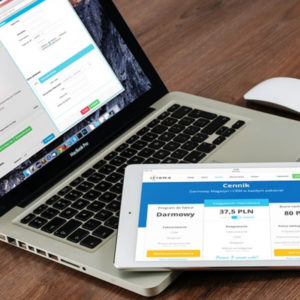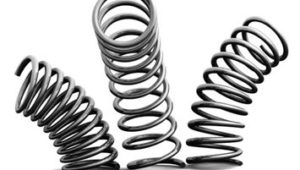
Landing pages are specifically designed to drive conversions. They give you an opportunity to speak directly to your audience without restrictions, making them a great tool for generating enthusiasm for your offer and driving your customer to action.
But there can be a flip side. A bad landing page can hurt your conversion rate and lead an enthusiastic customer to leave your page with negative opinions about your product. And with the average landing page converting only between 2 and 5 out of every 100 visitors, bad landing pages are a grim reality for many PPC campaigns.
So how can you create a highly effective landing page that will engage and excite customers while driving them to action? Here are six key components to highly effective landing pages:
Use Dynamic Images
Images on your landing page provide more than just visual appeal. They also break up heavy text and can provide a visual example of how your product works, or what your location looks like. If your landing page is short on images and reads more like a textbook than persuasive copy, there are a few things you can do:
- Break up dense copy with images for more visual appeal.
- Provide a visual example of your product or service in action.
- If you have a retail location, provide images of your business or showroom so people can get a feel for your company.
- If you’re targeting a specific demographic, such as teens, families with young children, or retirees, try using images that represent that demographic.
- If you have testimonials on your landing page, add a profile pic for each one. This can help reinforce the fact that they are real customers.
Have a Great Headline
The headline of your landing page is the first thing customers will see, so you want to make a great first impression. Your headline should be simple, concise, and should contain the following information:
- What your product or service is.
- What your product or service does.
- Why your product or service is valuable.
Use Simple Forms that are Easy to Understand
We’ve all ended up on a landing page with a frustrating form that requested endless information or was difficult to understand. While detailed forms many be necessary for some offers, customers hate filling out long forms, and will often click the back button when they see them, killing your conversion rate. Use these techniques to improve your completion rate and avoid conversion optimization bottlenecks:
- Make the form easy to understand with examples. If you need a phone number, give an example of the correct format. If the customer needs to enter an address, make it clear where to put the street number, name, or zip code.
- Simplify wherever possible. If there’s any information you would like to have that isn’t 100% necessary, don’t ask for it, especially if the information is difficult for a customer to input. The shorter the form, the more likely it is that a customer will fill it out.
- Split up a long form. If lots of information is necessary, split the form into several pages and add a progress bar so customers know where they are in the process.
Include Your Value Proposition
An essential part of any landing page, a value proposition lists key benefits to your product or service, explains why it’s useful, lists important features, and communicates why your product or service is the right choice. While it has a similar message to the headline, a value proposition often isn’t a single item. Instead, it’s typically a theme throughout the landing page that’s weaved through the copy, images, videos, subheadings, and customer testimonials.
If you feel that your landing page has all the essentials, but it’s still not delivering the conversions you’d like, circle back to your value proposition. Make sure it’s clearly communicated throughout your page, and consider strengthening it by offering things your competitors don’t, such as free estimates, free trials, money-back guarantees, and shorter contract periods.
Check Your Load Speed
With a reported 40% of users abandoning website pages that take more than three second to load, it’s easy to see why load speed is so critical to conversions. Identify weak points and fix them before launching your campaign with these three tools:
- Use Google’s PageSpeed Tools to analyze performance.
- Check the compatibility and responsiveness of your landing page with Visual Website Optimizer’s landing page analyzer. It’s a useful tool for checking the quality and usability of your landing page across devices.
- And to check that your landing page renders correctly across different hardware and software combinations, use a QA tool such as MyCrowd.
Make it easy to modify
One of the greatest aspects of PPC campaigns is their ability to be modified and optimized through the course of the campaign. In order to incorporate optimization strategies and A/B testing, your landing page needs the same flexibility.
Creating a dynamic and enticing landing page can be more challenging than it first appears, but high-converting landing pages are well worth the effort.
